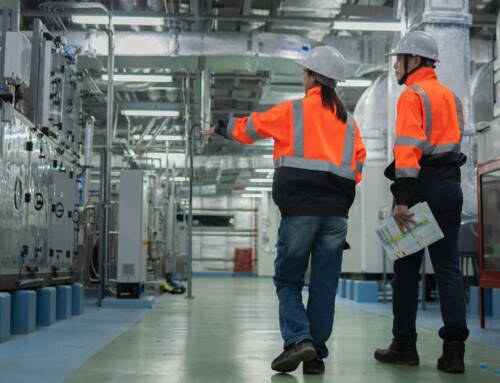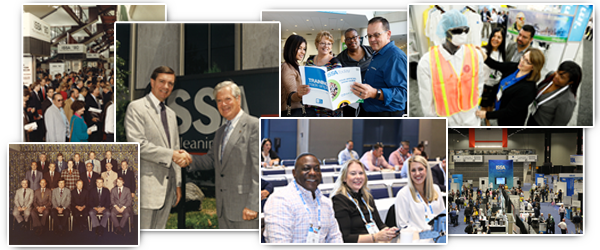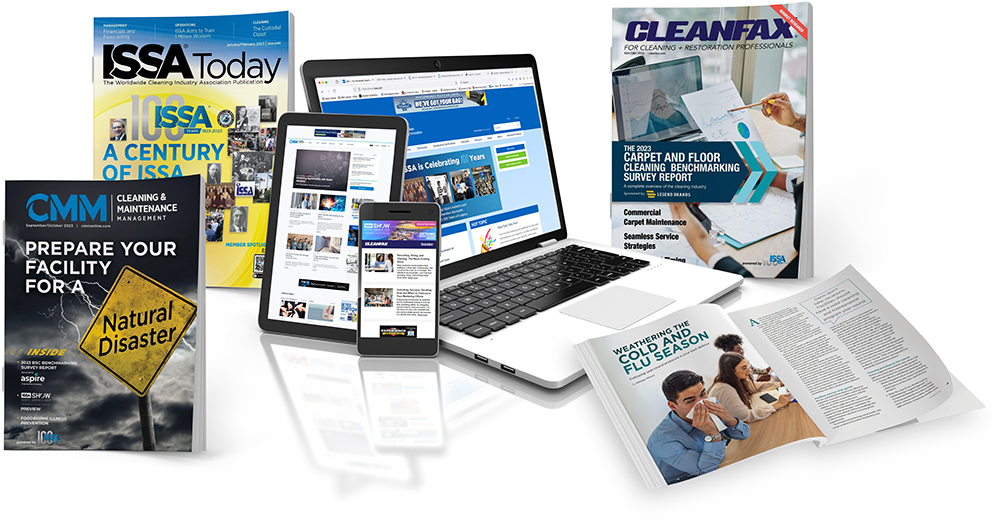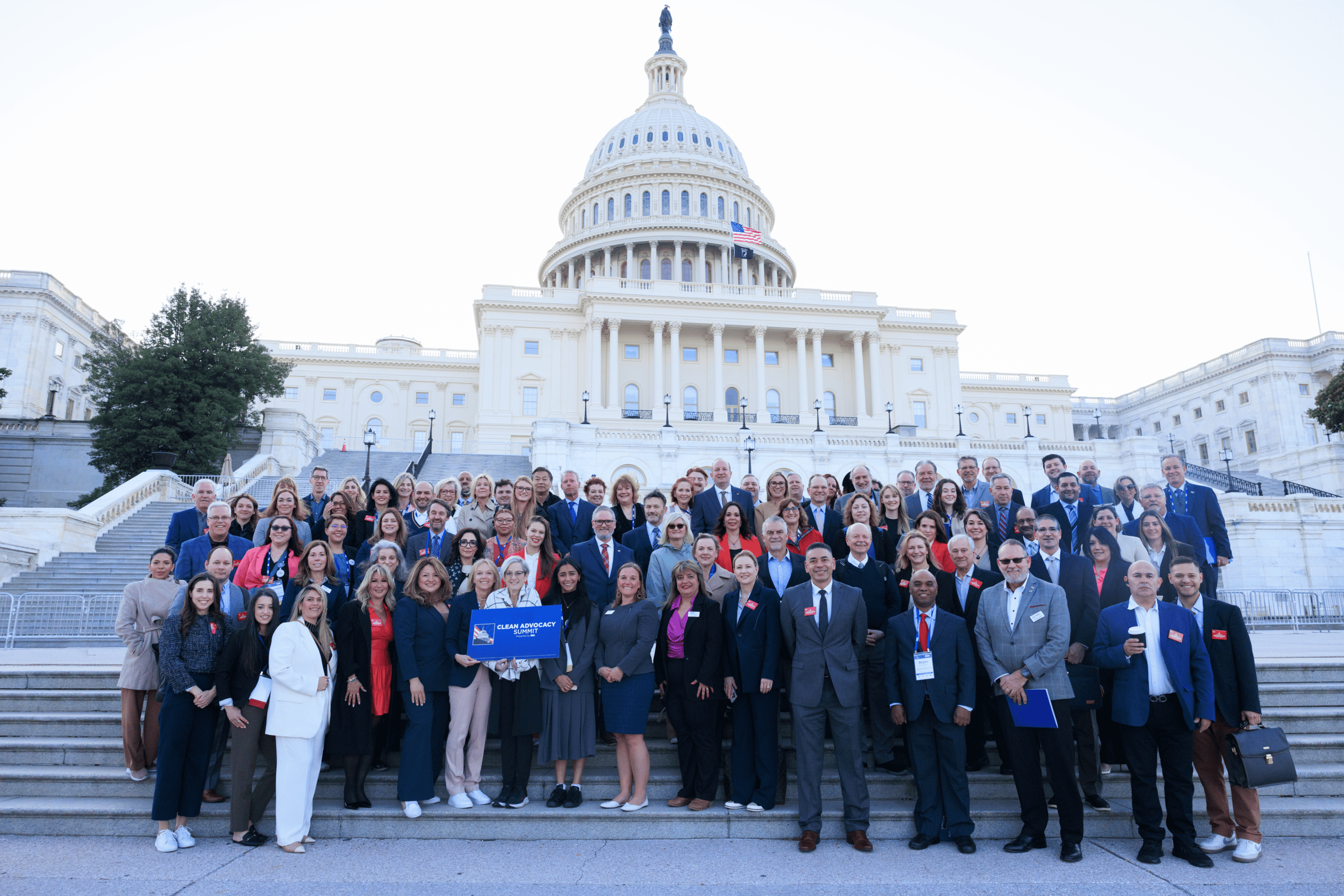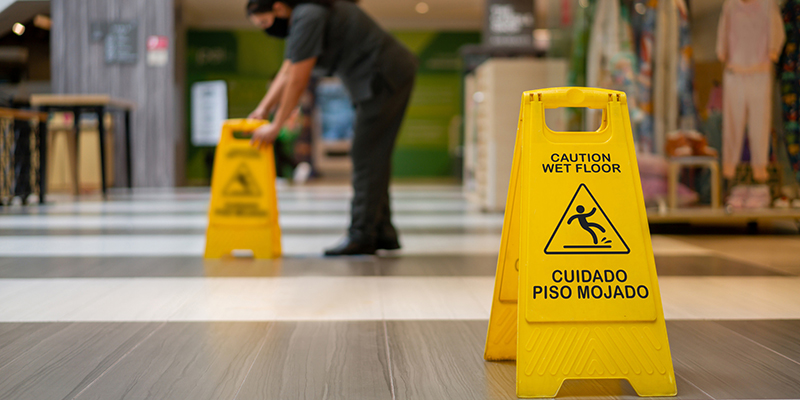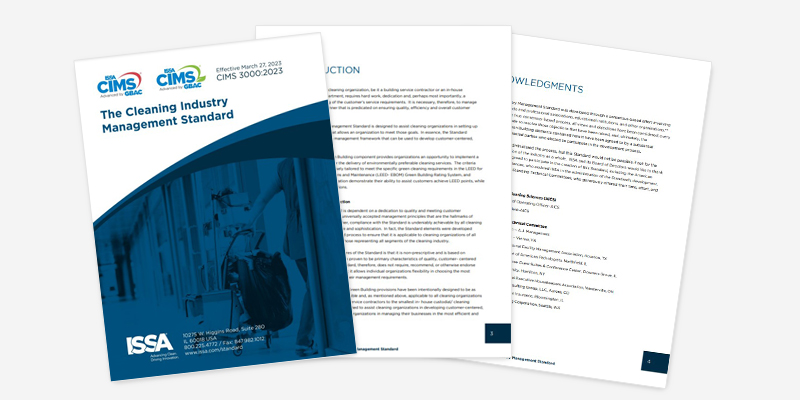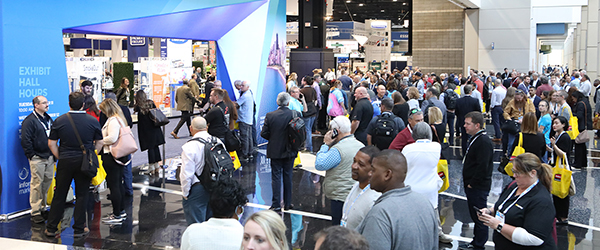LEED v5: Advancing Sustainable Building Operations
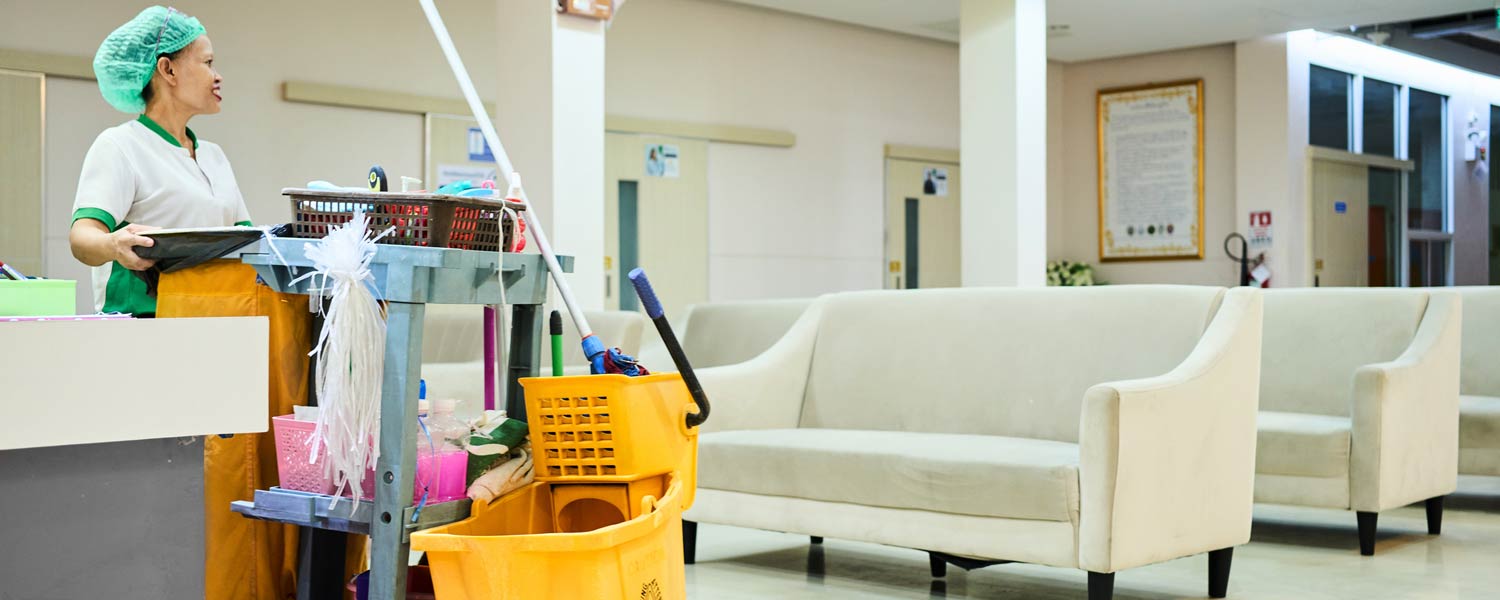
The U.S. Green Building Council’s latest update, LEED v5, represents a major step forward in sustainable building operations. With a stronger emphasis on decarbonization, equity, and green cleaning, LEED v5 sets new benchmarks for environmentally responsible facility management. Organizations that want to align with these standards can benefit from structured approaches like ISSA’s Cleaning Industry Management Standard (CIMS), which helps improve cleaning operations while supporting LEED v5 compliance.
LEED, or Leadership in Energy and Environmental Design, has been the gold standard for sustainable building practices for decades. With LEED v5, the focus extends beyond energy efficiency and resource management—it now addresses social equity and sustainable cleaning practices, which are increasingly vital in modern facilities. This comprehensive approach helps organizations create healthy indoor environments, reduce environmental impact, and enhance occupant satisfaction.
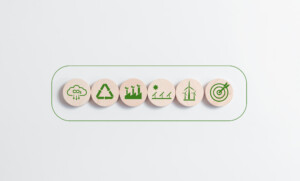
Understanding the Key Changes in LEED v5
LEED v5 introduces significant updates compared to its predecessor, LEED v4.1. Facilities managers and sustainability leaders should pay close attention to these new areas of focus:
- Decarbonization: LEED v5 encourages buildings to reduce operational, embodied, refrigerant, and transportation-related carbon emissions. This change underscores the importance of a holistic approach to sustainability that goes beyond energy savings alone.
- Equity and Social Responsibility: Facilities are now evaluated on social equity metrics, including workforce inclusivity, accessibility, and community engagement.
- Enhanced Green Cleaning Standards: Cleaning practices play a more prominent role in certification. Facilities can now earn credits for implementing eco-friendly cleaning protocols, minimizing chemical exposure, and protecting indoor air quality.
These updates signal a shift toward comprehensive sustainability practices that account for environmental, social, and health impacts, rather than just energy efficiency.
The Importance of Green Cleaning in LEED v5
Green cleaning is no longer an optional component—it is a critical factor in achieving LEED v5 certification. By integrating sustainable cleaning practices, facilities can contribute directly to building performance points in the Operations and Maintenance (O&M) category. LEED v5 allows up to three points for green cleaning initiatives, highlighting its growing importance.
Some examples of green cleaning strategies include:
- Using environmentally friendly cleaning products: Choose chemicals that are non-toxic, biodegradable, and low in volatile organic compounds (VOCs).
- Adopting microfiber and reusable cleaning tools: Reduce water and chemical usage while improving cleaning efficiency.
- Implementing waste reduction protocols: Properly manage cleaning supplies and reduce packaging waste.
- Promoting staff training and accountability: Ensure custodial staff understand and follow sustainable cleaning protocols.
Organizations can leverage ISSA’s CIMS-GB certification to ensure their cleaning operations meet these updated standards. This certification provides a proven framework for managing cleaning systems sustainably while contributing to LEED v5 points.
Practical Steps to Align Your Facility with LEED v5
Transitioning your facility to meet LEED v5 standards may seem daunting, but with structured planning, it becomes achievable. Here are key steps to get started:
- Conduct a Sustainability Audit: Evaluate current building operations, energy usage, and cleaning practices. Identify gaps where improvements can align with LEED v5 goals.
- Implement Green Cleaning Protocols: Adopt eco-friendly cleaning products, tools, and procedures that reduce environmental impact and improve indoor air quality.
- Incorporate Energy and Water Efficiency Measures: Upgrade lighting, HVAC systems, and water fixtures to reduce resource consumption.
- Engage Staff and Occupants: Train staff on sustainable practices and educate building occupants on energy-saving habits.
- Track and Report Performance: Regularly monitor and report sustainability metrics. Tools like ISSA’s resources can help track green cleaning and overall facility performance.
- Seek Third-Party Certification: Programs like ISSA’s CIMS-GB certification demonstrate commitment to sustainable cleaning and help facilitate LEED v5 compliance.
By systematically addressing each area, facilities can significantly improve their environmental footprint, occupant satisfaction, and overall operational efficiency.
Benefits of LEED v5 Compliance
Adopting LEED v5 standards offers multiple advantages for facilities:
- Improved Indoor Air Quality: Green cleaning practices reduce harmful chemicals and allergens, promoting healthier work and learning environments.
- Lower Environmental Impact: Decarbonization initiatives and sustainable operations reduce energy consumption and emissions.
- Operational Cost Savings: Energy-efficient systems and optimized cleaning routines can lower utility and maintenance costs.
- Enhanced Reputation: Demonstrating a commitment to sustainability can attract tenants, employees, and clients who value environmentally responsible practices.
- Social Responsibility: LEED v5’s equity focus ensures your facility contributes positively to your community and workforce.
Integrating these benefits makes facilities more competitive, sustainable, and aligned with evolving industry expectations.
Conclusion
LEED v5 represents a transformative update to sustainable building standards. By emphasizing decarbonization, equity, and green cleaning, it sets the stage for healthier, more efficient, and socially responsible facilities. Implementing structured cleaning protocols and sustainable operational practices—supported by ISSA’s CIMS-GB certification—can help facilities earn LEED v5 credits while achieving measurable environmental and health benefits.
As sustainability becomes an essential component of modern facility management, understanding and adopting LEED v5 standards is critical. Facilities that proactively embrace these practices position themselves for long-term success while contributing to a greener, healthier world.
For further information, explore the U.S. Green Building Council’s LEED v5 overview to learn more about specific credits and prerequisites.
Additional References:

